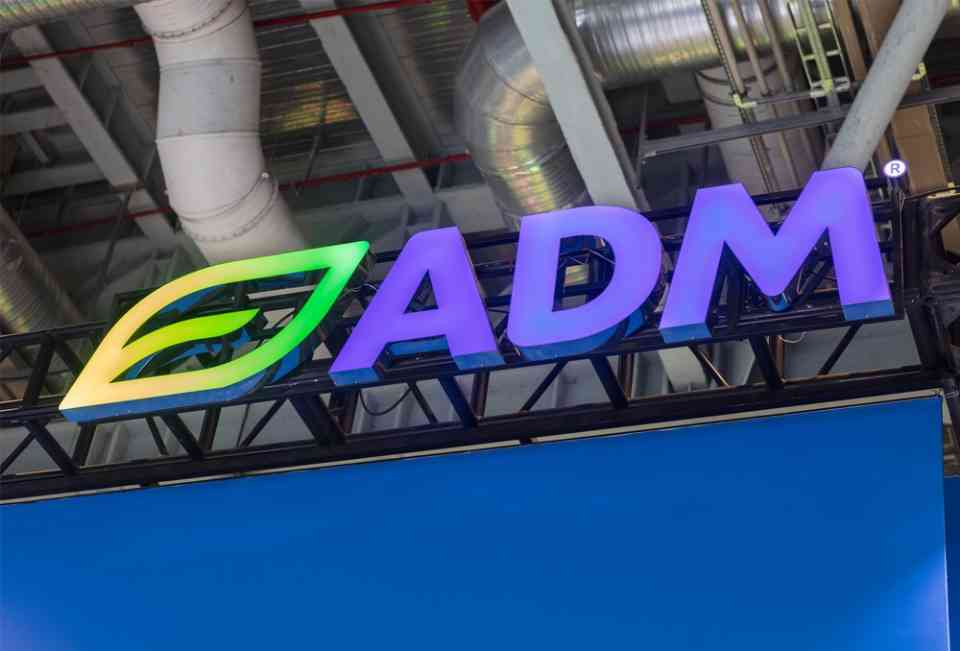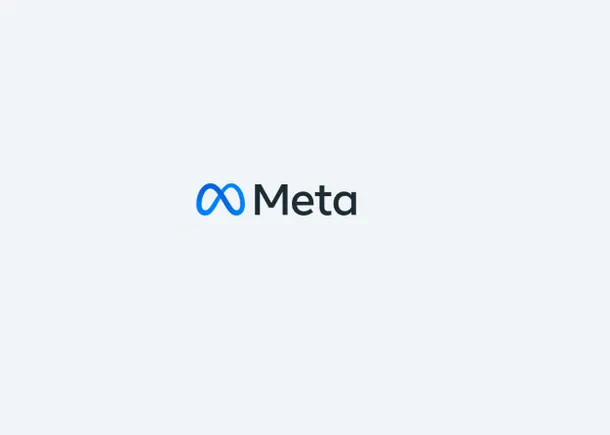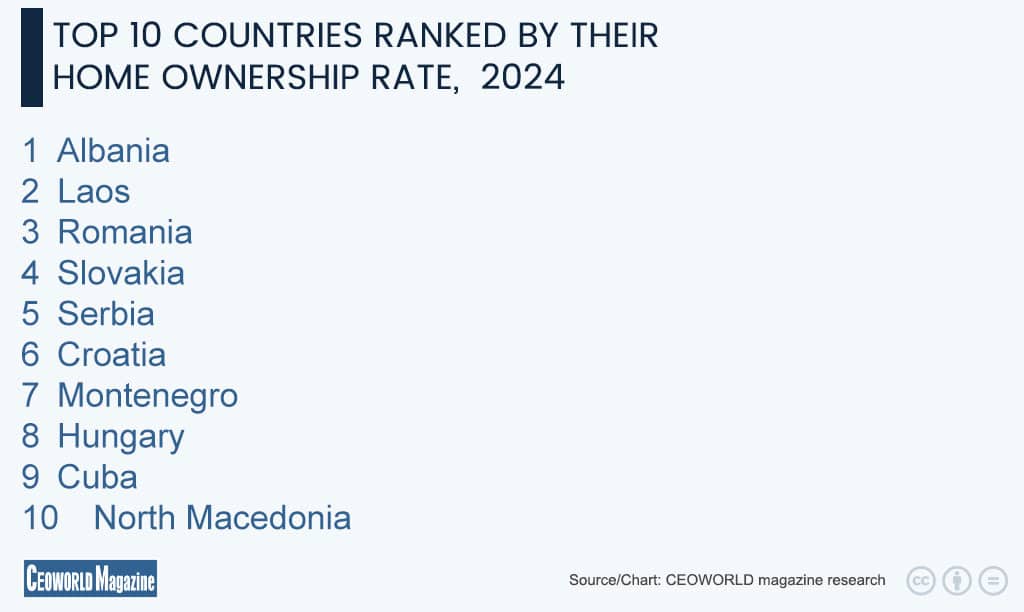
Your Guide to USDA Home Loans: Embracing Rural Opportunities
Demystifying USDA Home Loans
USDA Home Loans, a government-backed loan program, offers a unique opportunity for homebuyers looking to live in rural areas. Administered by the United States Department of Agriculture, these loans are designed to promote homeownership in less densely populated areas. Ideal for first-time homebuyers or those with limited financial means, USDA loans stand out for their lenient eligibility criteria and financial benefits.
Eligibility Criteria: More Than Just Location
Eligibility for a USDA loan isn’t limited to just the property’s location in a designated rural area. Applicants also need to meet certain income requirements, typically capped at 115% of the median income for the area. Creditworthiness is also considered, although USDA loans are known for their flexible credit score requirements. This blend of criteria ensures that the benefits of these loans are accessible to a wide range of potential homeowners. In the current mortgage rates housing market, USDA loans offer an affordable option for many homebuyers, especially in rural areas.
Credit Requirements: Understanding the Flexibility
Credit requirements for USDA loans are more forgiving than traditional loans. A credit score of 640 is usually recommended, but lower scores can be considered with evidence of responsible financial behavior. This flexibility makes USDA loans a viable option for those with less-than-perfect credit histories, encouraging a broader demographic to explore homeownership.
Loan Terms and Interest Rates: An Attractive Proposition
USDA loans usually come with 30-year fixed-rate terms, providing stability and predictability in repayment plans. They often feature competitive interest rates, making them an affordable choice compared to standard mortgage rates. This combination of favorable terms and rates makes USDA loans particularly appealing to first-time homebuyers and those with limited financial resources.
Zero Down Payment: A Key Benefit
One of the most significant advantages of USDA loans is the zero down payment requirement. This feature removes a major financial barrier to homeownership, opening doors for individuals who might not have substantial savings. By eliminating the need for a large upfront payment, USDA loans make it feasible for more people to own homes.
Property Standards and Suitability
To qualify for a USDA loan, the property must meet specific criteria. It should primarily serve as the borrower’s primary residence and comply with size, safety, and quality standards. Income-generating properties are typically excluded from this program, ensuring the focus remains on providing safe and affordable housing.
Understanding Loan Fees and Mortgage Insurance
While USDA loans do not require a down payment, they include certain fees, such as a guarantee fee and an annual fee, which serve as mortgage insurance. These fees are relatively low and can be financed into the loan amount, easing the initial financial burden on borrowers.
Navigating the Application Process
The application process for a USDA loan involves several steps, starting with finding a USDA-approved lender. Applicants must provide proof of income, credit history, and ensure the property is in an eligible location. Prospective borrowers should prepare necessary documentation and seek assistance from knowledgeable loan officers to streamline the process.
Making the Most of USDA Loan Benefits
USDA Home Loans offer a pathway to homeownership that is often more accessible than traditional mortgage options. Their favorable terms, such as no down payment and competitive interest rates, make them an attractive choice for a variety of homebuyers. Understanding the nuances of USDA loans, from eligibility to loan fees, empowers potential homeowners to make informed decisions and embrace the opportunity of rural living.
In conclusion, USDA Home Loans provide a valuable resource for those seeking to own homes in rural areas. This article aims to shed light on the aspects of USDA Home Loans, making them a comprehensible and attractive option for newcomers to the mortgage landscape. These loans cater to a diverse group of homebuyers, particularly benefiting those entering the housing market for the first time or those with limited means, seeking a life in rural communities.






































































